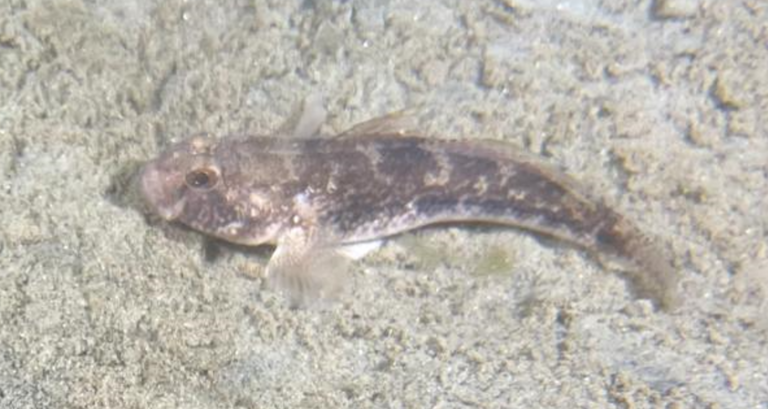Rockpool Prawn (Palaemon serratus)

Seahorse (Hippocampus) - Zeepaardje
- Taxonomy: The Rockpool Prawn belongs to the Palaemonidae family, which includes various shrimp species. These prawns are commonly found in shallow coastal waters.
- Species: Palaemon serratus is one of the most recognized species of prawns, growing up to 11 cm in length.
- Reproduction: Females carry eggs beneath their abdomen. The eggs hatch after 12-20 days, depending on water temperature.
- Habitat: Typically found in rockpools and along rocky shores, preferring areas with plenty of cover like seaweed and rocks.
- Diet: Omnivorous, feeding on algae, plankton, and small invertebrates.
- Conservation: While not currently endangered, overfishing and habitat changes can affect their populations.
- Unique Anatomy: Rockpool Prawns have transparent bodies with red stripes, making them difficult to spot in their natural environment.
- Behavior: Nocturnal creatures, they are more active at night, hiding during the day under rocks or seaweed.
- Lifespan: Typically 2 to 3 years in the wild, depending on environmental conditions.
Rockpool Prawns: The Hidden Treasures of the Shoreline
When exploring tidal pools along the coast, you may stumble upon small, translucent creatures darting between rocks. These are Rockpool Prawns, fascinating marine animals that thrive in shallow waters. Although small and often overlooked, they play a vital role in coastal ecosystems.
What is a Rockpool Prawn?
The Palaemon serratus, or Rockpool Prawn, is a species of shrimp commonly found in rockpools and shallow coastal areas. Their transparent bodies, adorned with delicate red stripes, make them masters of camouflage. At first glance, you might not notice them, but once you do, their quick movements and graceful swimming are captivating.
A Nighttime Hunter
Unlike many marine creatures that are active during the day, Rockpool Prawns are nocturnal. During the day, they hide under rocks or seaweed, emerging at night to feed. Their diet consists of algae, plankton, and small invertebrates, making them both herbivores and carnivores.
Unique Reproduction
Female Rockpool Prawns carry their fertilized eggs underneath their bodies, protecting them until they hatch. This process can take anywhere from 12 to 20 days, depending on water temperature. Once hatched, the tiny larvae are left to fend for themselves, gradually growing into adult prawns.
Ecological Importance
Despite their small size, Rockpool Prawns are essential to maintaining the balance of coastal ecosystems. By consuming plankton and algae, they help control these populations, ensuring that larger marine animals like fish have a healthy environment to thrive in. They also serve as prey for many species, playing a crucial role in the food chain.
Threats to Rockpool Prawns
While Rockpool Prawns are not currently endangered, their populations can be affected by overfishing and habitat degradation. As coastal areas face pollution and climate change, it is crucial to monitor and protect these tiny creatures to ensure the health of the larger ecosystem they support.
Conclusion
Rockpool Prawns may be small, but their importance to coastal ecosystems is immense. They contribute to the biodiversity of rockpools and serve as both predator and prey in the marine food web. Next time you explore a rocky shoreline, take a moment to observe these fascinating creatures and appreciate their role in maintaining the balance of our coastal waters.







